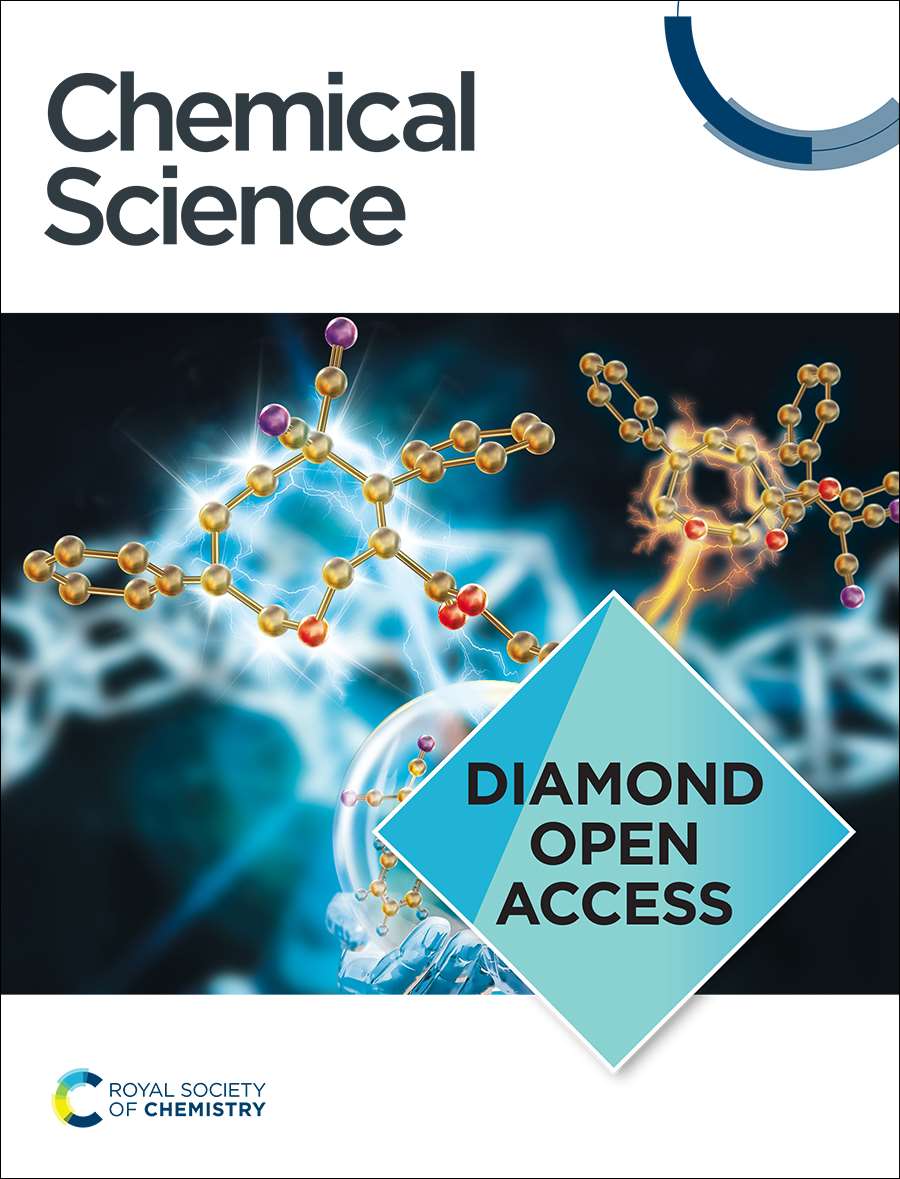H2O2 Accumulation Promoting Internalization of ox-LDL in Early Atherosclerosis Revealed via a Synergistic Dual-Functional NIR Fluorescence Probe
IF 7.6
1区 化学
Q1 CHEMISTRY, MULTIDISCIPLINARY
引用次数: 0
Abstract
The equilibrium of lipid metabolism is critical to sustaining human health. Metabolic disorders often result in a variety of cardiovascular illnesses, especially atherosclerosis. Atherosclerosis is characterized by complicated complications and high mortality. Cholesterol deposition and oxidative stress have been considered as critical mechanisms in the occurrence and progression of atherosclerosis, however, the relationship between oxidative stress and lipid accumulation remains a puzzle in foam cells during the early stages of atherosclerosis development. Hydrogen peroxide (H2O2) has been reported to participate in various signaling pathways associated with atherosclerotic diseases. Additionally, the excessive intake of oxidized low-density lipoprotein (ox-LDL) leads to cholesterol accumulation and viscosity increasing in foam cells. Therefore, it is critical to investigate the internalization and modification of ox-LDL by H2O2 in foam cells. Herein, we developed a near-infrared, synergistic dual-functional fluorescent probe capable of detecting H2O2 and viscosity simultaneously with high selectivity and sensitivity. Through in-situ imaging of H2O2 and viscosity in vivo, we discovered that H2O2 accumulation leads to increased intake of ox-LDL in the early stages of plaque formation. This finding establishes a new experimental approach and theoretical foundation for the diagnosis and treatment of atherosclerosis, as well as the development of new medications.通过协同双功能近红外荧光探针揭示早期动脉粥样硬化中促进 ox-LDL 内化的 H2O2 积累
脂质代谢的平衡对维持人体健康至关重要。代谢紊乱往往会导致各种心血管疾病,尤其是动脉粥样硬化。动脉粥样硬化的特点是并发症复杂、死亡率高。胆固醇沉积和氧化应激被认为是动脉粥样硬化发生和发展的关键机制,然而,氧化应激与动脉粥样硬化发展早期泡沫细胞中脂质积累之间的关系仍然是一个谜。据报道,过氧化氢(H2O2)参与了与动脉粥样硬化疾病相关的各种信号通路。此外,过量摄入氧化低密度脂蛋白(ox-LDL)会导致胆固醇积累和泡沫细胞粘度增加。因此,研究泡沫细胞中 H2O2 对 ox-LDL 的内化和修饰至关重要。在此,我们开发了一种近红外协同双功能荧光探针,它能同时检测 H2O2 和粘度,并具有高选择性和高灵敏度。通过对体内 H2O2 和粘度的原位成像,我们发现 H2O2 的积累会导致斑块形成早期 ox-LDL 摄入量的增加。这一发现为动脉粥样硬化的诊断和治疗以及新药物的开发奠定了新的实验方法和理论基础。
本文章由计算机程序翻译,如有差异,请以英文原文为准。
求助全文
约1分钟内获得全文
求助全文
来源期刊

Chemical Science
CHEMISTRY, MULTIDISCIPLINARY-
CiteScore
14.40
自引率
4.80%
发文量
1352
审稿时长
2.1 months
期刊介绍:
Chemical Science is a journal that encompasses various disciplines within the chemical sciences. Its scope includes publishing ground-breaking research with significant implications for its respective field, as well as appealing to a wider audience in related areas. To be considered for publication, articles must showcase innovative and original advances in their field of study and be presented in a manner that is understandable to scientists from diverse backgrounds. However, the journal generally does not publish highly specialized research.
 求助内容:
求助内容: 应助结果提醒方式:
应助结果提醒方式:


